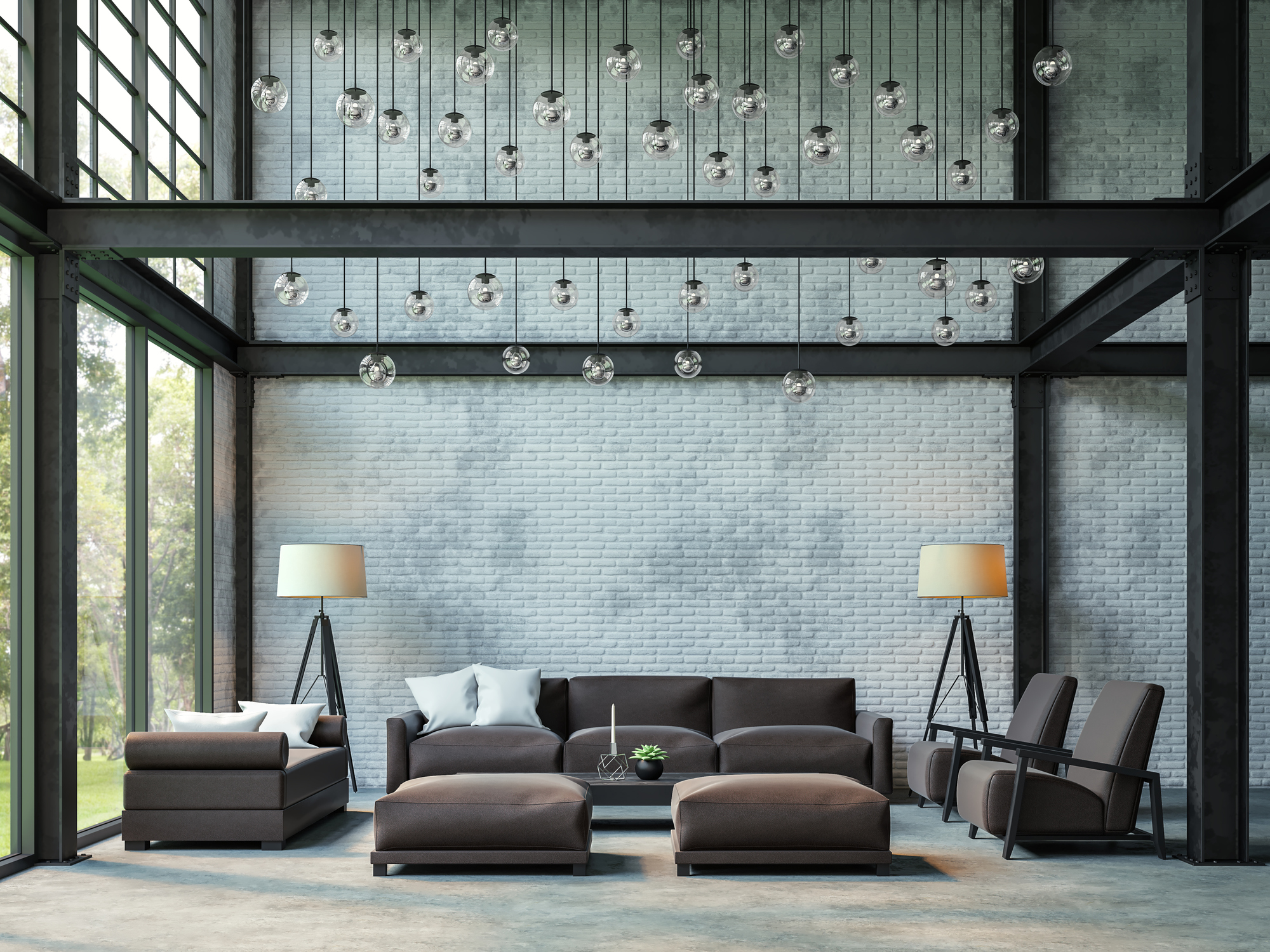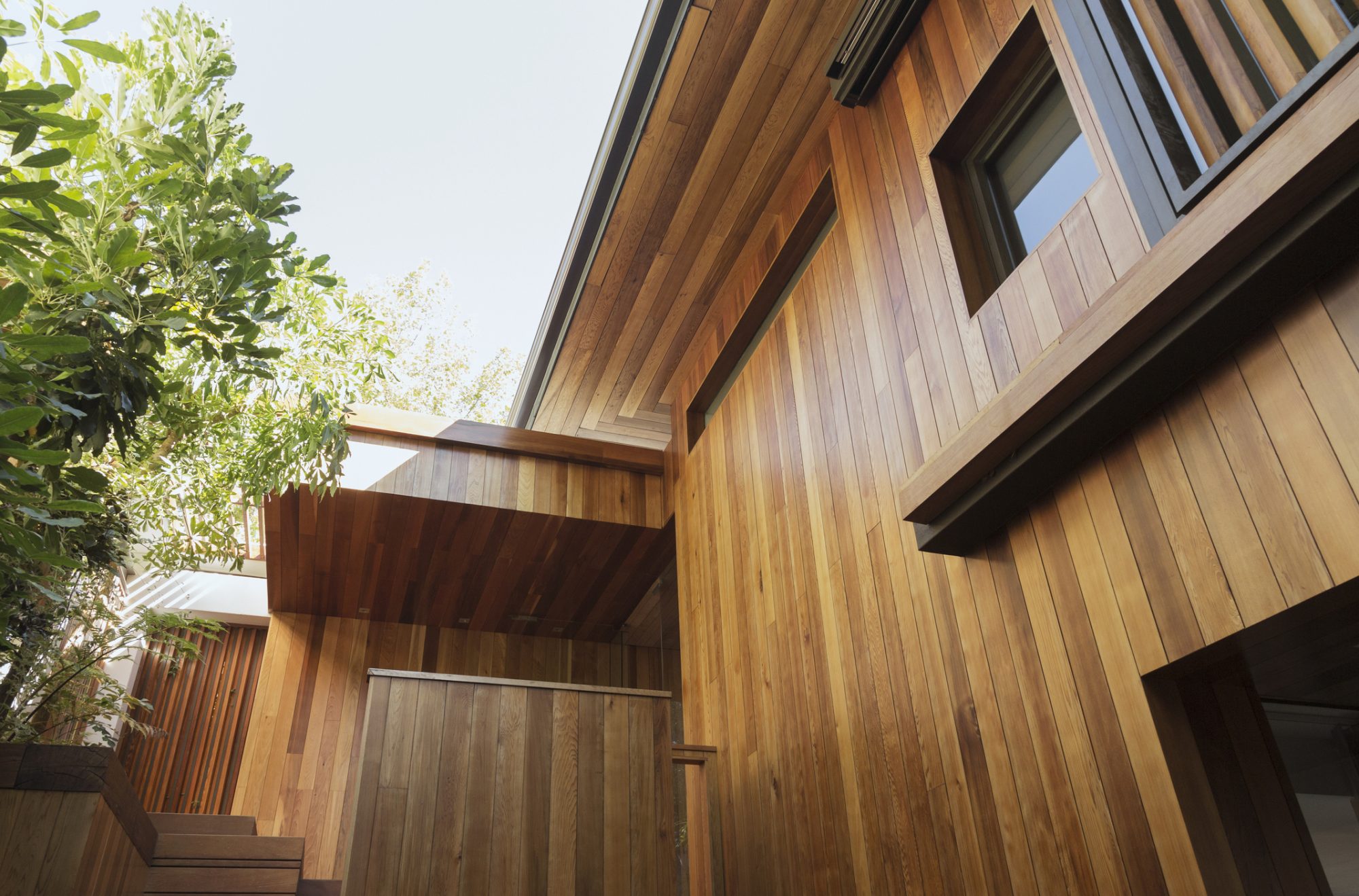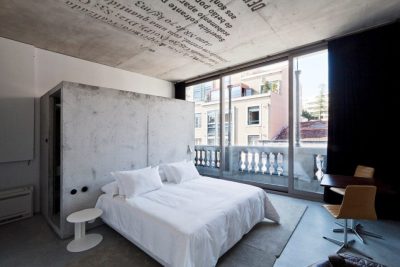
What Materials Do Architects Love?
by Karen Shaw
Architects are like artists who paint with materials. The choice of materials in architecture not only shapes the aesthetic appeal of a building but also influences its functionality, sustainability, and longevity
From timeless classics to innovative wonders, architects have a profound appreciation for a variety of materials that enable them to bring their creative visions to life, as highlighted in the following article.
Natural Stone
The timeless elegance of natural stone has been a favourite among architects for centuries, prized for its durability, versatility, and timeless beauty. From the grandeur of marble to the rustic charm of slate, natural stone adds an air of sophistication to any architectural design.
Architects love the unique textures, colours, and patterns offered by stones sourced from around the world, allowing them to create spaces that exude luxury and refinement. Architects often turn to reputable suppliers like those at mystonefloor.com for high-quality natural stone flooring options to incorporate into their architectural designs.
Steel
Steel is the backbone of modern architecture, providing structural integrity and design flexibility that architects adore. Its strength-to-weight ratio allows for the creation of sleek, soaring structures that defy gravity and captivate the imagination.

From skyscrapers to bridges, steel’s versatility and durability make it a favourite choice for architects seeking to push the boundaries of design innovation.
Glass
Glass is not just a material; it’s a medium through which architects can play with light, transparency, and reflection to create visually stunning spaces. Architects love the way glass blurs the boundaries between indoor and outdoor environments, flooding interiors with natural light and offering panoramic views of the surrounding landscape. Whether used in facades, windows, or skylights, glass adds a sense of openness and luminosity to architectural compositions.
Wood
Wood holds a special place in the hearts of architects for its warmth, natural beauty, and sustainable qualities. From the rich grains of oak to the honey hues of cedar, wood brings a sense of cosiness and character to architectural designs.

Architects appreciate the of wood, which can be crafted into structural elements, cladding, flooring, and furniture, lending a sense of timelessness and authenticity to both contemporary and traditional spaces.
Concrete
Concrete may seem utilitarian, but architects love its versatility, durability, and sculptural potential. From Brutalist masterpieces to minimalist marvels, concrete offers endless possibilities for creative expression.
Architects admire the way concrete can be moulded, textured, and coloured to achieve a myriad of aesthetic effects, from raw and industrial to refined and elegant. Its strength and longevity make it a favourite choice for projects ranging from bridges and dams to residential dwellings and cultural institutions.
Innovative Materials
Innovation drives progress in architecture, and architects are always on the lookout for new materials that push the boundaries of what’s possible. From carbon fibre composites to bio-based polymers, emerging materials offer exciting opportunities for sustainable design, energy efficiency, and resilience.
Architects embrace the challenge of incorporating these cutting-edge materials into their projects, harnessing their unique properties to create buildings that are both functional and forward-thinking.
Conclusion
Materials are the building blocks of architecture, shaping the form, function, and identity of the spaces we inhabit. From the enduring elegance of natural stone to the innovative wonders of emerging materials, architects have a deep appreciation for the diverse palette of materials at their disposal.
By judiciously selecting and creatively combining materials, architects transform abstract concepts into tangible realities, leaving an indelible mark on the built environment for generations to come.




